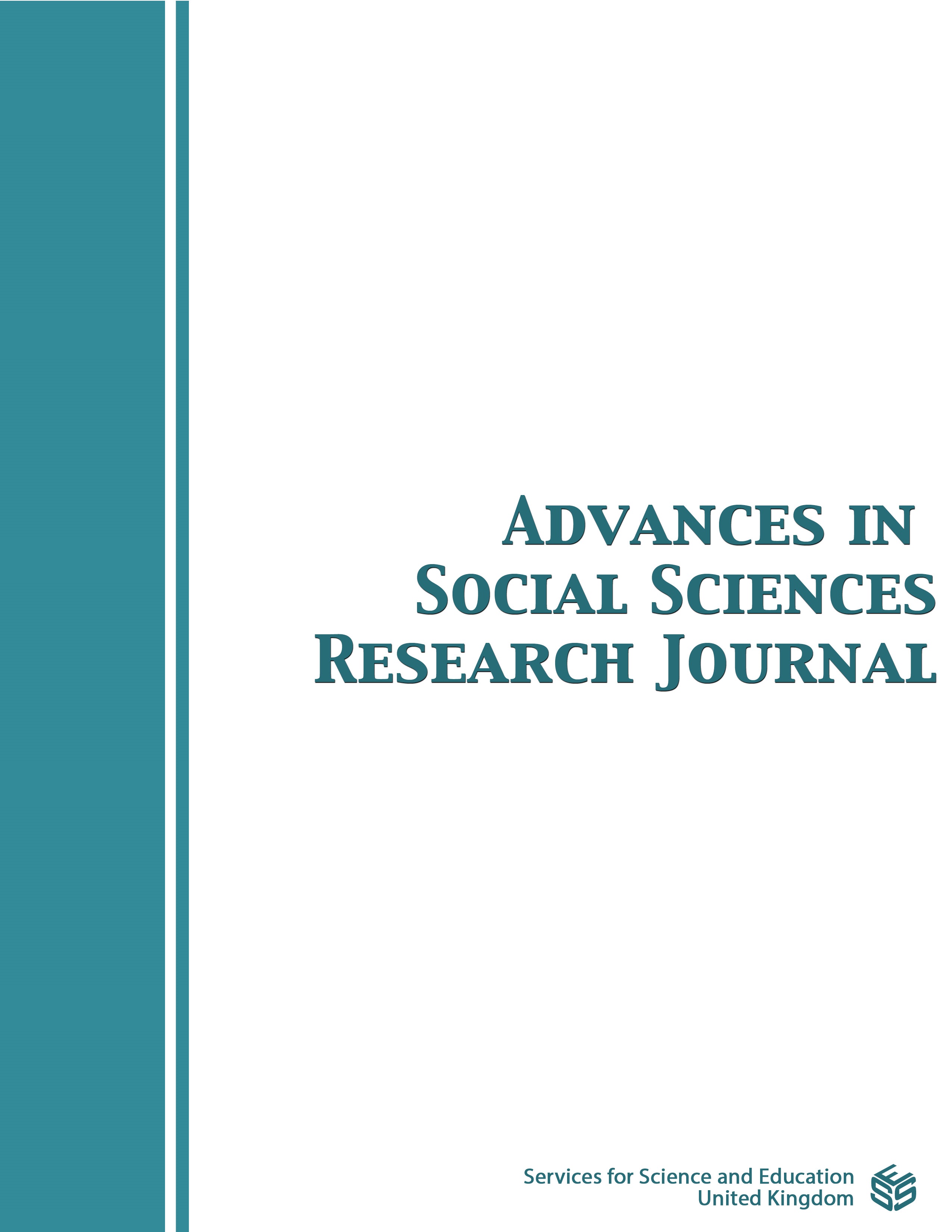Layla s Fire
DOI:
https://doi.org/10.14738/assrj.95.12413Keywords:
Al-Shahrazouri, Sufi Arabic poetryAbstract
The poem is a kind of religious courtship, woven according to Sufi patterns of poetry and divine love. The poem deals with the journey of the poet to search for spiritual tranquillity and the absolute reality for which he puzzledly travelled out at night so that he might be guided to its holy fire with his companions.
He starts his poem by describing the hardships of travelling at night to search for his aimed and beloved Laila and the plight of access to the homes of her people on a high plateau. Their fire was glowing from the distance, which indicates their prestige and the elevation of their place. He then describes the difficulties he suffered on his way until he discarded his travelling stick and met the beloved. In his first verses, the poet pictured his situation among a group of people who did not fall under the influence of the factors that made him a unique man in their convoy. They blamed him and mocked him and thought that he was deceived by false lightning. Love or ambition is the motive for embarking on this journey despite the difficulties that weigh the fates of those who walk in various scales because they have different conditions and natures in their positions on the path to the Divine Being. Each has a beginning and a door through which he enters. There are fluctuations, trainings, adversity, horrors, and valleys of fall.
References
Al-Desouqi, Ibrahim. Jawharat Al-Desouqi, Maktabat Al-Kulliyat Al-Azhariyah. Cairo, Egypt.
Al-Kan'ani, No'man, M. (1967). Shu'ara Al-Wahida. Dar Al-Jumhouriya, Baghdad, Iraq. Pages (78-82).
Al-Tousy, Al-Siraj. (1960). Al-Luma'. Dar Al-Kutub Al-Haditha. Cairo. page 454.
Al-Zarakli, Khair al-Din. (2002). Al-A'alaam. Part 4. Fifth Edition. Dar Al-Elm Lilmalayeen. Beirut, Lebanon.
Bassiouni, Ibrahim. (1969) Nash'at Al-Tasawuf (The Rise of Islamic Sufism), Dar Al-Ma"aref, Cairo, Egypt. page. 217.
Chopra, D. (1998). The love poems of Rumi. Harmony Books. New York. USA.
Farroukh, Omar.(1981). History of Arabic Literature. part 3. Fourth Edition. Dar Al-Elm Lilmalayeen. – Beirut, Lebanon.
Ibn Al-Fared, Omar. (2002). Diwan Ibn Al-Fared. Dar Sader. Beirut. Lebanon.
Ibn Khalikan, A.M. (1978) Wafeyat Al-A'ayan. (Part 3). Dar Sadir. Beirut, Lebanon. pages 49-51.
Ibrahim. Zakariya. (1984). Mushkilat Al-Hub. Maktabat Masr. Cairo. Egypt. pages 110-111)
Zidan, Y. (1997) Iltiqa' Al-Bahrain, Al-Dar Al-Masriya Al-Lebnaniya. Cairo, Egypt.
Downloads
Published
How to Cite
Issue
Section
License
Copyright (c) 2022 Nada Yousuf Al-Rifai

This work is licensed under a Creative Commons Attribution 4.0 International License.
Authors wishing to include figures, tables, or text passages that have already been published elsewhere are required to obtain permission from the copyright owner(s) for both the print and online format and to include evidence that such permission has been granted when submitting their papers. Any material received without such evidence will be assumed to originate from the authors.






